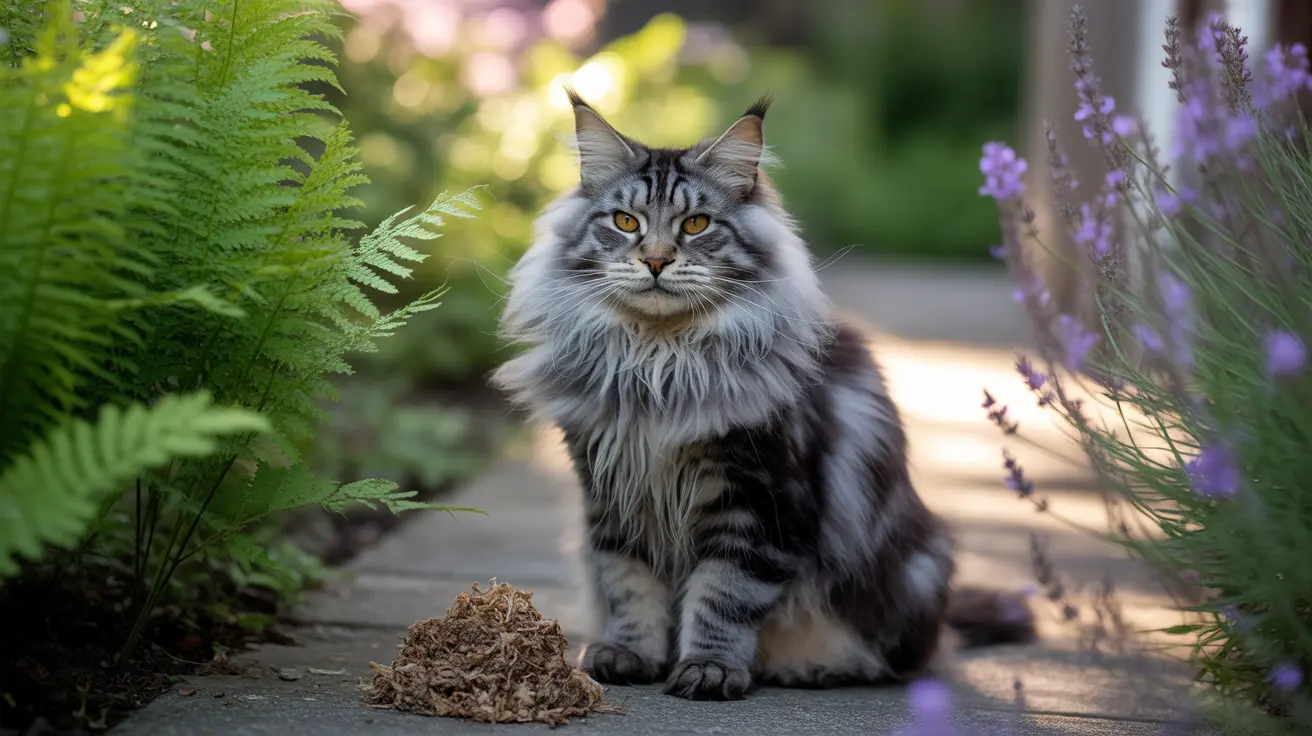Normal Characteristics of Feral Cat Poop
Healthy feral cat poop typically appears as well-formed, dark brown logs that are approximately 2-3 inches in length and about half an inch in diameter. The droppings should have a segmented appearance and maintain a consistent shape, similar to a small sausage. While the texture should be firm, it shouldn't be rock-hard or crumbly.
Unlike domestic cats that usually defecate daily, feral cats may have less predictable patterns due to their irregular feeding schedules and lifestyle. Their stools might appear less frequently but should maintain similar characteristics when healthy.
Understanding Color Variations
The color of feral cat poop can tell us a lot about their health status:
- Dark brown: Indicates normal digestion and good health
- Black or tarry: May signal internal bleeding
- Yellow or pale: Could indicate liver or digestive issues
- Green: Often results from eating grass or plants
- Red streaks: Suggests lower intestinal bleeding
- White spots: Typically indicates parasite presence
Location and Environmental Factors
Feral cats typically choose secluded spots for elimination, such as garden beds, under bushes, or in loose soil where they can bury their waste. Unlike domestic cats, they don't have a designated litter box, so their droppings might be found in various locations within their territory.
Warning Signs and Health Indicators
When monitoring feral cat populations, watch for these concerning signs in their feces:
- Excessive mucus or jelly-like substances
- Persistent diarrhea or very hard, dry stools
- Visible parasites or white, rice-like segments
- Undigested food particles
- Strong, unusual odors
- Foreign objects like string or plastic
Safety Considerations
Always exercise caution when dealing with feral cat feces, as they can harbor harmful parasites and bacteria. Wear gloves during cleanup, use dedicated tools, and wash hands thoroughly afterward. Consider using a disinfectant when cleaning areas where feral cats frequently defecate.
Frequently Asked Questions
What does feral cat poop look like, and how can I distinguish it from other animal droppings?
Feral cat poop typically appears as dark brown, segmented logs about 2-3 inches long. Unlike dog feces, which are usually larger and more variable in content, cat droppings maintain a more consistent size and shape. They're also different from raccoon or rabbit droppings, which are typically smaller and more pellet-like.
What do different colors of feral cat poop indicate about their health?
Different colors can indicate various health conditions: dark brown is normal, black or tarry suggests bleeding, yellow or pale might indicate liver issues, green often means they've eaten grass, and red streaks could signal lower GI bleeding.
How can the odor and texture of feral cat poop help identify potential illnesses or parasites?
Unusually foul odors or changes in texture (very soft, watery, or extremely hard) can indicate digestive issues or parasitic infections. Normal feral cat poop should have a consistent odor and firm but pliable texture.
What risks does feral cat poop pose to my pets and family, and how should I handle it safely?
Feral cat feces can contain harmful parasites like Toxoplasma gondii and various worms. Always wear gloves when handling, use a dedicated scoop or tool, dispose of it in sealed bags, and wash hands thoroughly afterward. Keep children and pets away from areas where feral cats defecate.
When should I be concerned about abnormal signs in feral cat feces, like blood, mucus, or worms?
If you notice blood, excessive mucus, visible parasites, or consistently abnormal consistency or color, these could indicate serious health issues in the feral cat population. Consider contacting local TNR (Trap-Neuter-Return) programs or feral cat caretakers for assistance.






